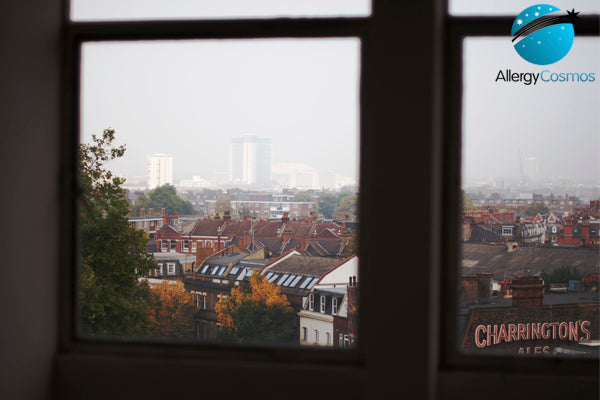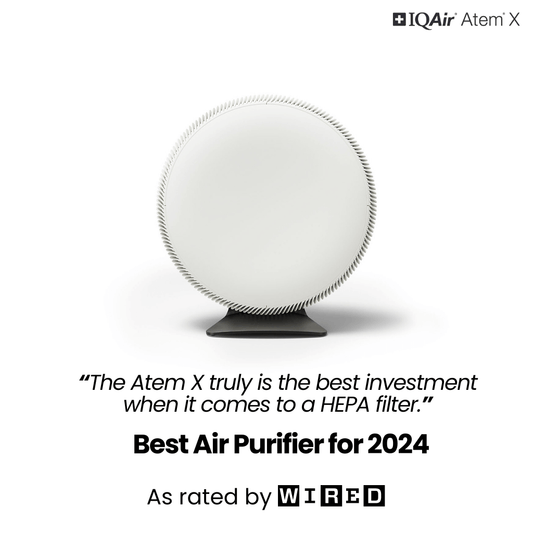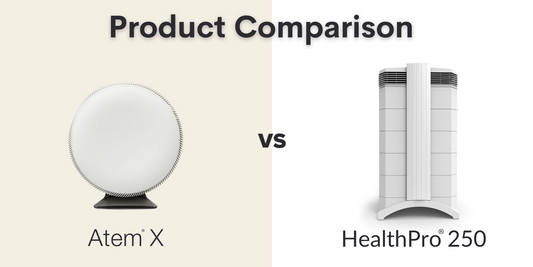Wednesday marked 60 years since the beginning of The Great Smog of London.
In the 19th Century and the first half of the 20th Century, London was greatly affected by winter smogs (also known as ‘pea soupers’ because of their density). But on Friday 5th December 1952, London was to come to a standstill as thick fog descended on the capital.
The Great Smog was caused by a period of cold weather, combined with an anticyclone and windless conditions that collected airborne pollutants, mostly from the use of coal, to form a thick layer of fog over the city. The cold weather preceding the fog, and during, meant that Londoners were burning more coal than usual to keep warm. Along with the many coal-fired power stations in Greater London, and the diesel-fuelled buses, this meant that there was a significant increase in air pollution levels. It is also thought that prevailing winds had blown heavily polluted air over from Industrial areas of Continental Europe, adding to the air pollution.
During The Great Smog, visibility became so poor that buses and taxis came to a halt, and the ambulance service stopped functioning, forcing those who were sick to transport themselves to the hospital. During the daytime visibility could be as low as a metre - and in some areas, the smog was so thick that people couldn’t see their feet! Visibility was even worse at night, as the incandescent light bulbs used in lampposts at the time gave no penetrating light on to the pavement (It wasn’t until the late fifties that fog-penetrating fluorescent lamps became widely available).
The fog also seeped indoors, resulting in concerts and film screenings being cancelled or abandoned due to decreased visibility as stages and screens became harder to see from the seats. Outdoor sports events were also affected.
The Great Smog lasted for four days, from Friday 5th to Tuesday 9th December 1952, and dispersed quickly after a change of weather.
In the weeks that followed, statistics compiled by medical services estimated that as many as 4,075 more people had died than would have been expected under normal circumstances. Most of the deaths were caused by respiratory tract infections, and the majority of the victims were very young, elderly, or had pre-existing respiratory problems. In February 1953 it was suggested that the fog had caused closer to 6,000 deaths and that 25,000 more people had claimed sickness benefits in London during that period.
More recent research suggests that the number of fatalities was closer to 12,000, a considerably greater amount.
The legacy of The Great Smog was the introduction of the Clean Air Act of 1956, which introduced a number of measures to reduce air pollution, and many believed that the legislation had a major impact on improving public health.
However, new pollution threats are causing concern, as the mortality figures relating to air pollution are almost the same now as they were during The Great Smog. It is estimated that 4,300 Londoners now die each year as a result of air pollution (29,000 UK-wide, according to the Department for the Environment, Food and Rural Affairs).
The pollution caused by coal, that caused London’s infamous ‘pea soupers’ has been replaced by more or less invisible pollution caused mainly by traffic fumes, particularly from diesel vehicles. It is thought that London has the highest levels of nitrogen dioxide of any capital city in the EU; the levels found on some of London’s busiest roads are currently more than triple the legal limits.
There is currently little being done to reduce the levels of air pollution in London. Under European law, London is only permitted 35 “bad air days” a year, yet in 2011 this allowance had been used up within the first four months, with the total for the year reaching 57!
A quote taken from cleanairinlondon.org by Simon Birkett, Founder and Director of Clean Air in London says:
“We need the Mayor to double his efforts so London leads the world in tackling air pollution as it did after the Great Smog. The most important single measure needed is to build public understanding of the dangers of air pollution with advice for people on protecting themselves and reducing pollution for themselves and others. The Mayor should defy the Government and start issuing press releases to warn the public during smog episodes. There have been 11 such episodes in London this year.”
ClientEarth, an organisation of activist environmental lawyers committed to securing a healthy planet, says that the government's own plans show 16 regions and cities will not achieve legal limits for air quality until 2020, and London will have "illegal levels of air pollution until 2025".
If you want to find out more about smog and how you can protect yourself and your family against it, visit our HEPA Air Purifier pages.




